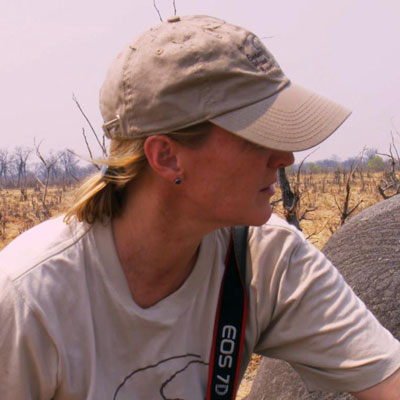
Wild Ways features the work of Michael Soul?, founded the Society For Conservation Biology. The conferences and journals of the society became the foundation for this emerging discipline, which focuses on how to mitigate the extinction crisis and conserve species around the world.
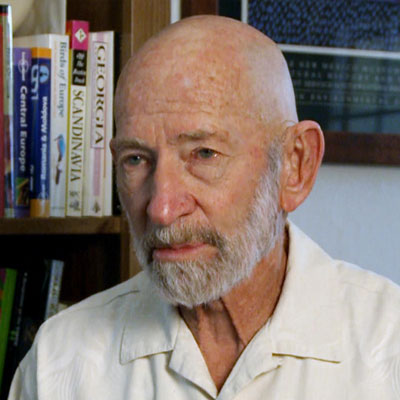
David Quammen is an award winning author who focuses on nature and science. His book, Song of the Dodo: Island Biogeography in an Age of Extinction is a seminal reference for Wild Ways.
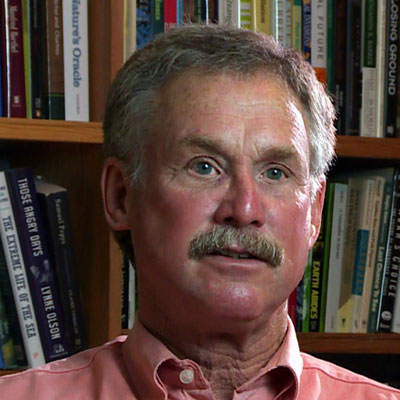
In North America, Mike Proctor has conducted a seminal study of grizzly bears. His grizzly DNA study demonstrates perfectly the fragmentation of habitat from Yellowstone Park to the Yukon Territory. Fortunately, his bear radio collars show the solution, the location of key corridors that bears use to move and interbreed.
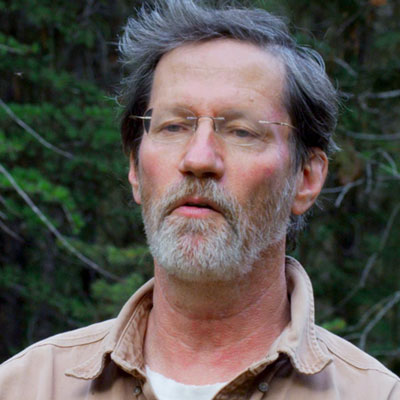
Harvey Locke is Co-founder and Strategic Advisor to the Yellowstone to Yukon Conservation Initiative. He served as President or Vice President of the Canadian Parks and Wilderness Society for 17 years and is currently its Senior Advisor, Conservation. He is a member of the IUCN World Commission on Protected Areas, and is globally known for his work on wilderness, national parks and large landscape conservation.

Mike Chase collars and tracks elephants across five nations in Southern Africa. His studies reveal key linkages for elephant movement, and are the foundation of an international effort to connect parks and preserves across 400,000 sq. km. Mike founded Elephants Without Borders, the sole NGO working to preserve Africa's largest remaining elephant herd, and has recently completed a comprehensive survey of all surviving elephant populations.

Craig Packer's Serengeti Lion Project is the longest running study of any large mammal on earth. His insights into the lions of Serengeti National Park, when compared to the lions isolated in the Ngorongoro Crater, offer clear insight into the minimum number of lions needed for a sustainable population.
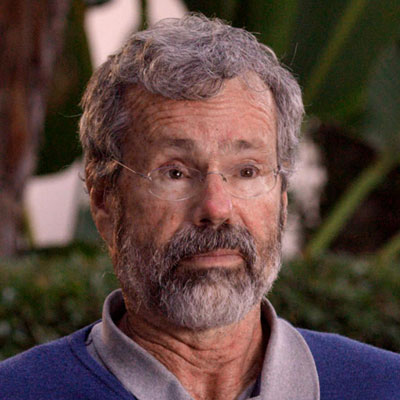
Doug Smith leads the Yellowstone Wolf Project, which has carried out wolf restoration in Yellowstone. The success of this effort has clearly demonstrated that ecosystems need all species, especially top predators, to survive over time.

Stephen Woodley has worked in the field of environmental management for over 30 years, as field biologist, park manager and scientist. He was the first Chief Scientist for Parks Canada. Stephen now works with the IUCN World commission on Protected Areas, with a focus on understanding what makes protected areas effective in conserving nature
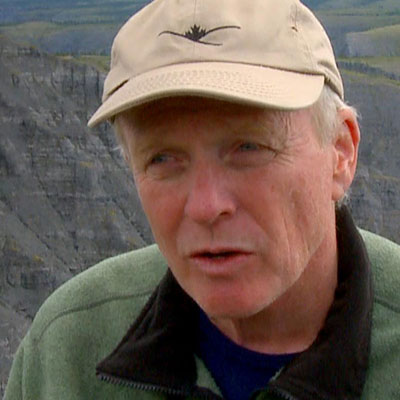
Simon Munthali is a science advisor to the Kavango Zambezi Trans Frontier Conservation Area, known as the KAZA TFCA. KAZA is an international effort to connect 36 parks and preserves across 400,000 sq. km.
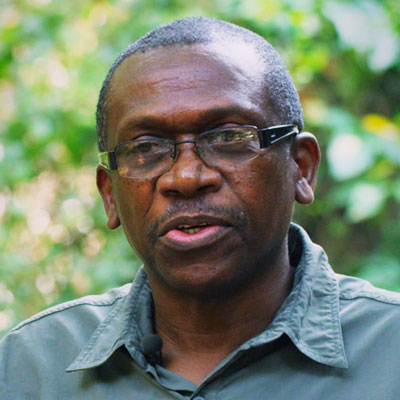
Whisper Camel Means is a wildlife biologist for the Confederated Salish and Kootenai Tribes. One of her duties is to monitor animals using the wildlife crossing structures integrated into highway 93 as it traverses the Flathead Indian Reservation.

Jim Roscoe is a wildlife biologist who has worked with groups like American Wildlands and the Centennial Valley Associsation to promote animal movement through Southwest Montana.
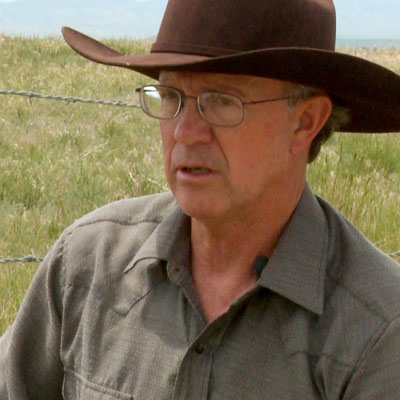
Martin Davis is a rancher in the Paradise Valley, just north of Yellowstone National Park. Davis grazes cows on public and privately held lands in the region, and has to contend with wolves as they re-enter the local ecosystem.

Thomas herds cows and plants a garden in the Chobe Enclave, a settled area between Chobe National Park and the Chobe River in Northern Botswana. In the dry season, elephants must move through this land to reach water, which creates a tense situation of human-elephant conflict.

Kelly Landen is the Program Manager at Elephants Without Borders. She manages public relations, is an aerial observer, and participates in most aspects of field work, including elephant collaring and tracking and photo analysis of surveys.
